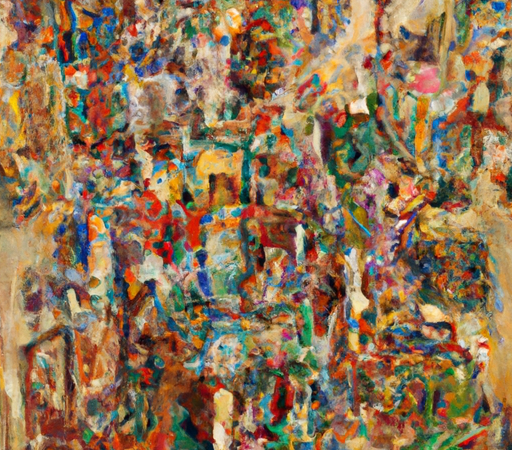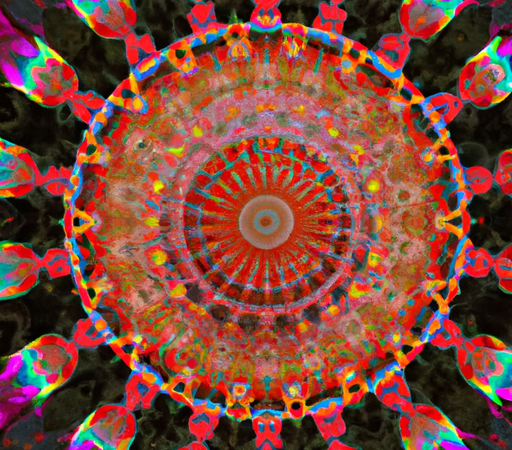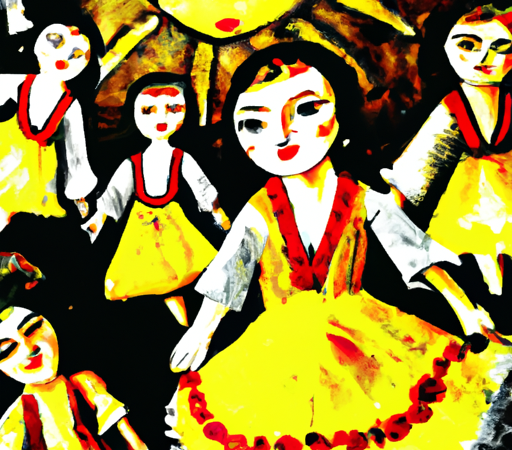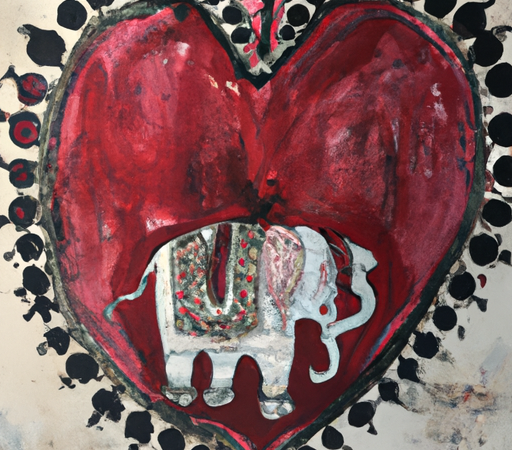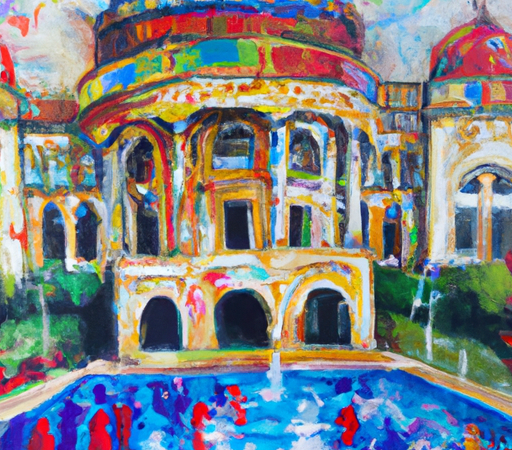An Insight into the Cultural Impact of Art Masterpieces: News and Historical Perspectives
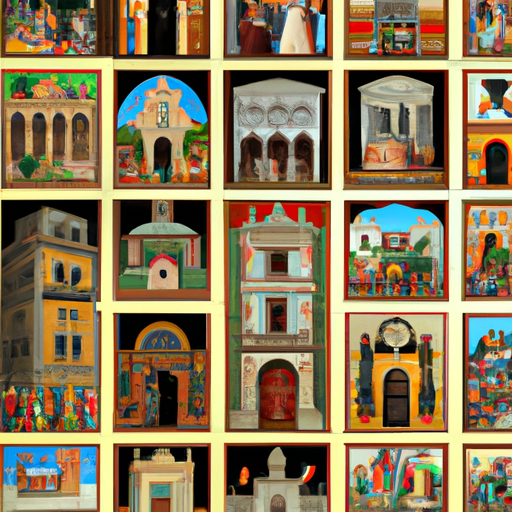
Art has always been an integral part of human civilization, not only as a means of creative expression but also as a reflection of cultural identity and historical events. Throughout history, countless masterpieces have left a lasting impact, shaping the way we perceive the world and influencing the course of society. By delving into the cultural impact of these art masterpieces, we can gain valuable insights into the diverse perspectives and resonances they hold.
Art has the power to transcend time and place, capturing the essence of a specific era and leaving an indelible mark on society. Take, for example, Leonardo da Vinci's iconic painting, the Mona Lisa. Created in the early 16th century, this enigmatic portrait has become a symbol of Renaissance art and a testament to the rich cultural heritage of Italy. Over the centuries, the Mona Lisa has become an object of fascination, drawing millions of visitors to the Louvre Museum in Paris, where it now resides. Its cultural impact extends far beyond its aesthetic appeal, as it sparks discussions about art, beauty, and the enigmatic nature of human emotions.

Similarly, Pablo Picasso's groundbreaking masterpiece, Guernica, painted in response to the Spanish Civil War, continues to hold immense cultural significance. Depicting the horrors of war and the suffering of innocent civilians, Guernica serves as a powerful reminder of the consequences of violence and the importance of safeguarding peace. This masterpiece not only reflects the political and social climate of its time but also transcends historical boundaries, becoming an enduring symbol of anti-war sentiment around the world.
Art masterpieces not only reflect the cultural zeitgeist of their respective periods but also have the power to shape and challenge societal norms. Frida Kahlo, a Mexican painter renowned for her self-portraits, used her art as a means of exploring issues of gender, identity, and physical pain. Kahlo's striking and unapologetically autobiographical artworks have had a profound impact on feminist art and have helped foster dialogue on issues of gender equality and the representation of women in society.
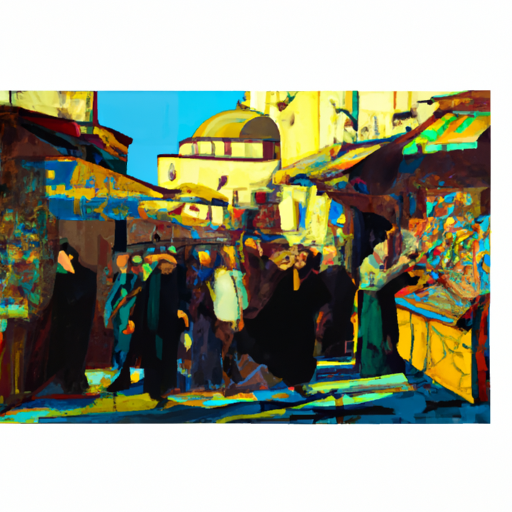
In addition to their cultural impact, art masterpieces also provide a window into history and help us understand the context in which they were created. The Last Supper by Leonardo da Vinci, for instance, not only serves as a visual representation of the biblical event but also offers insights into the religious and social dynamics of the Renaissance era. This masterpiece showcases the meticulous attention to detail, symbolism, and narrative storytelling that characterized the artistic style of the time.
The cultural impact of art masterpieces is not limited to the past. Contemporary artists continue to create works that challenge societal norms and provoke thought. Artists like Banksy, whose identity remains a mystery, use their art to make political statements and address pressing social issues. By employing street art as a medium, Banksy's thought-provoking creations disrupt the conventional boundaries of the art world and engage with a broader audience, enabling important conversations about topics ranging from inequality to the environment.
In conclusion, art masterpieces hold immense cultural significance and provide insights into historical events, social dynamics, and contemporary issues. These works transcend their time, making a lasting impact on society and shaping the way we perceive the world. By exploring and appreciating the cultural impact of art masterpieces, we can gain a deeper understanding of our shared history and the diverse perspectives that shape our world.

